Home>Garden Essentials>How To Plant Palm Tree Seeds
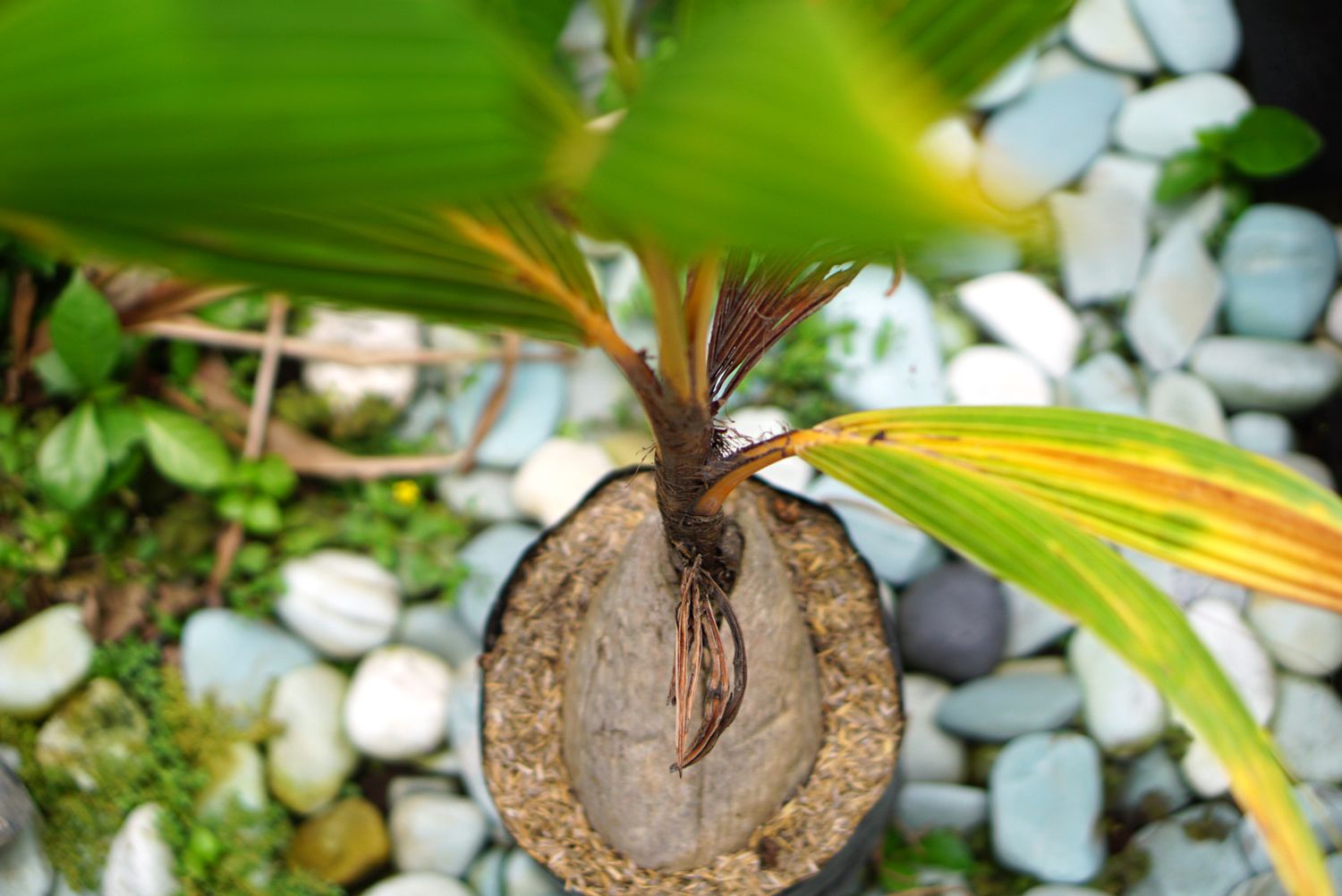

Garden Essentials
How To Plant Palm Tree Seeds
Modified: March 15, 2024
Learn how to successfully plant palm tree seeds in your garden and enjoy the beauty of these tropical trees.
(Many of the links in this article redirect to a specific reviewed product. Your purchase of these products through affiliate links helps to generate commission for Storables.com, at no extra cost. Learn more)
Introduction
Welcome to the world of gardening! If you have ever dreamed of having a lush tropical paradise in your own backyard, planting palm trees can be a great way to turn that dream into reality. Not only do palm trees add a touch of exotic beauty to any landscape, but they also provide shade, improve air quality, and create a serene ambiance. While purchasing young palm trees from a nursery is often the most common method, planting palm tree seeds can be a more cost-effective and rewarding option.
In this article, we will guide you through the process of planting palm tree seeds, from choosing the right seeds to caring for the seedlings. So, roll up your sleeves, grab your gardening tools, and let’s dive into the fascinating journey of growing palm trees from seeds!
Key Takeaways:
- Planting palm tree seeds is a fun and rewarding way to create a tropical paradise in your backyard. Choose the right seeds, prepare the soil, and care for the seedlings to watch them grow into majestic palm trees!
- By following the steps of soaking, planting, and caring for palm tree seeds, you can transform small seeds into beautiful palm trees. Embrace the journey and enjoy the lush, tropical beauty they bring to your garden!
Read more: How To Grow Palm Tree From Seed
Choosing Palm Tree Seeds
Choosing the right palm tree seeds is the first step in your journey towards creating a stunning palm tree oasis. It is important to select high-quality seeds from a reliable source to ensure healthy and vigorous seedlings. Here are some factors to consider when choosing palm tree seeds:
- Variety: There are numerous palm tree varieties to choose from, each with its own unique characteristics and requirements. Consider the climate in your area and choose a palm tree variety that is well-suited to thrive in those conditions.
- Freshness: Freshness is crucial when it comes to palm tree seeds. Look for suppliers who provide fresh, recently harvested seeds to increase the chances of successful germination.
- Viability: Check the viability of the seeds before purchasing. Look for seeds that are plump, firm, and free from damage or signs of mold or decay.
- Disease resistance: Some palm tree varieties are more resistant to common diseases and pests. Choosing disease-resistant seeds can help prevent future problems in your palm tree plantation.
- Supplier reputation: Do some research and choose a reputable supplier. Reading customer reviews and seeking recommendations can help you make an informed decision.
Once you have selected the right palm tree seeds, you are one step closer to creating a vibrant garden filled with beautiful palm trees. Let’s move on to the next step: preparing the soil.
Preparing the Soil
Before you can plant palm tree seeds, it is important to prepare the soil properly. The right soil conditions will provide the necessary nutrients and drainage for the germination and growth of the seedlings. Here are some steps to prepare the soil for planting palm tree seeds:
- Choose well-draining soil: Palm trees thrive in well-draining soil. Sandy or loamy soil is ideal for palm tree growth. If your soil is heavy or clayey, you can improve its drainage by adding organic matter such as compost or well-rotted manure.
- Remove any obstacles: Clear the area of any weeds, rocks, or debris that may hinder the growth of your palm tree seedlings. Ensuring a clean and clutter-free environment will give the seeds the best chance to grow.
- Test the soil pH: Palm trees prefer slightly acidic to neutral soil pH levels ranging from 6 to 7. If your soil pH is outside this range, you can adjust it by incorporating sulfur or lime, depending on whether you need to lower or raise the pH.
- Amend the soil: Depending on the nutritional needs of your chosen palm tree variety, you may need to add specific amendments to the soil. Consult a gardening expert or conduct a soil test to determine the appropriate amendments, such as potassium, phosphorus, or micronutrients.
- Loosen the soil: Use a garden fork or tiller to loosen the soil to a depth of at least 12 inches. This will promote root penetration and ensure proper aeration.
By taking the time to prepare the soil adequately, you are setting a strong foundation for your palm tree seeds to grow and thrive. The next step is soaking the palm tree seeds in preparation for planting.
Soaking the Palm Tree Seeds
Soaking palm tree seeds before planting can significantly increase their chances of germination. By providing the seeds with moisture, you are jump-starting the germination process and softening the seed coat for easier sprouting. Follow these steps to properly soak your palm tree seeds:
- Choose a container: Select a container that is large enough to accommodate the number of seeds you have. A shallow dish or a plastic baggie will work well.
- Add warm water: Fill the container with warm water, about 100-110 degrees Fahrenheit (37-43 degrees Celsius). The warm water helps to soften the seed coat and promote germination.
- Place the seeds in the water: Gently place the palm tree seeds into the container of warm water. Ensure that the seeds are fully submerged.
- Soak for the recommended time: The soaking time varies depending on the palm tree species. Some seeds may require a few hours, while others may need to soak for a couple of days. Refer to the seed packet or consult horticultural resources to determine the optimal soaking duration.
- Change the water: If the water becomes cool, drain it and replace it with fresh warm water. This will maintain the optimal temperature for the seeds.
- Inspect the seeds: After soaking, carefully examine the seeds. Discard any seeds that appear damaged, discolored, or have not plumped up during the soaking process.
Soaking the palm tree seeds is a simple yet crucial step in preparing them for germination. This process helps to break dormancy and increases the chances of successful sprouting. Now that your seeds are ready, it’s time to plant them! Let’s move on to the next step: planting the palm tree seeds.
Soak palm tree seeds in warm water for 24 hours before planting to help speed up germination. Plant the seeds in well-draining soil and keep them consistently moist. Good luck!
Planting the Palm Tree Seeds
Now that you have properly prepared and soaked your palm tree seeds, it’s time to plant them and watch them grow into beautiful seedlings. Here are the steps to follow when planting palm tree seeds:
- Select suitable containers: Choose containers that are at least 12 inches deep with drainage holes at the bottom. This will ensure proper drainage and prevent waterlogged soil.
- Fill containers with potting mix: Fill the containers with a well-draining potting mix. You can use a commercial potting mix or create your own by combining equal parts of peat moss, perlite, and vermiculite.
- Plant the seeds: Make small indentations in the soil with your finger or a pencil, approximately 1-2 inches deep. Place the soaked palm tree seeds in the indentations and cover them lightly with soil. Space the seeds apart to allow room for growth.
- Water gently: After planting the seeds, water the containers gently to moisten the soil. Be careful not to overwater, as excessive moisture can cause the seeds to rot.
- Provide warmth and sunlight: Place the containers in a warm and sunny location, such as a greenhouse or a spot with bright indirect light. Palm tree seeds require warmth and light to germinate and thrive.
- Maintain consistent moisture: Check the moisture levels in the containers regularly and water as needed to keep the soil consistently moist but not soggy. Avoid letting the soil dry out completely.
- Be patient: Germination can take several weeks or even months for palm tree seeds. Be patient and provide the necessary care and conditions for the seeds to sprout and grow.
Remember to label your containers with the palm tree variety and planting date for easy identification. Now that you have planted your palm tree seeds, it’s time to care for the seedlings as they grow. Let’s move on to the next step: caring for palm tree seedlings.
Read more: When To Plant Tree Seeds
Caring for Palm Tree Seedlings
Congratulations on successfully planting your palm tree seeds! Now, as the seedlings emerge and grow, it’s important to provide them with the care they need to mature into healthy and robust palm trees. Here are some essential tips for caring for palm tree seedlings:
- Watering: Proper watering is crucial for the growth of palm tree seedlings. Water the seedlings regularly, keeping the soil evenly moist but not waterlogged. Adjust the frequency and amount of water based on the specific needs of your palm tree variety.
- Fertilizing: Feed your palm tree seedlings with a balanced, slow-release fertilizer every 2-3 months. Follow the instructions on the fertilizer package for the appropriate dosage. Avoid over-fertilizing, as this can burn the delicate roots.
- Providing sunlight: Palm trees thrive in bright, indirect sunlight. Place the seedlings in a location that receives adequate sunlight throughout the day. If growing indoors, consider using grow lights to supplement natural sunlight.
- Monitoring temperature: Palm trees prefer warm temperatures, typically between 70-90 degrees Fahrenheit (21-32 degrees Celsius). Protect the seedlings from extreme temperature fluctuations and provide them with a stable, warm environment.
- Protecting from pests: Keep a close eye on the seedlings for any signs of pests, such as aphids or spider mites. If necessary, treat the seedlings with organic pest control solutions or consult a professional for guidance.
- Transplanting: As the palm tree seedlings grow, they will outgrow their initial containers. When the seedlings have developed a strong root system and are about 1-2 feet tall, transplant them into larger pots or directly into the ground, following proper transplantation guidelines.
- Maintaining good airflow: Proper airflow is essential for preventing diseases and promoting healthy growth. Provide enough space between the seedlings to allow for good air circulation, and remove any dead or yellowing leaves regularly.
- Pruning: Palm trees require minimal pruning, mainly to remove dead or damaged fronds. Prune with caution, as excessive pruning can harm the seedlings. Always use clean tools to prevent the spread of diseases.
By following these care tips, you will give your palm tree seedlings the best chance to thrive and develop into majestic trees. Now, let’s move on to the final step: transplanting the palm trees into their permanent location.
Transplanting Palm Trees
Transplanting palm trees is an exciting and rewarding milestone in their growth journey. This step allows you to move your palm trees from their temporary containers to their permanent location in the landscape. Here are the steps to successfully transplant your palm trees:
- Choose the right time: The best time to transplant palm trees is during their active growth period, which is typically in late spring or early summer. Avoid transplanting during extreme weather conditions or when the palm trees are experiencing stress.
- Prepare the new location: Select a suitable spot in your landscape with adequate sunlight, proper drainage, and enough space for the palm tree to grow to its full size. Clear any weeds or debris in the area and prepare the hole that is twice as wide and deep as the root ball.
- Remove the palm tree from its container: Carefully remove the palm tree from its container by gently tapping the sides and bottom of the container. If the tree is stuck, you can use pruning shears to cut away the container without damaging the roots.
- Inspect the roots: Examine the roots for any signs of damage or rootbound growth. If the roots are tightly packed or circling around the root ball, gently tease them apart or make shallow cuts to encourage outward growth.
- Planting the palm tree: Place the palm tree in the prepared hole, ensuring that the top of the root ball is level with or slightly above the ground. Backfill the hole with soil, gently firming it around the roots to remove any air pockets.
- Water and mulch: Give the transplanted palm tree a thorough watering to settle the soil around the roots. Apply a layer of organic mulch around the base, leaving a gap around the trunk to prevent moisture buildup and the potential for rot.
- Stake if necessary: If the palm tree is tall or experiencing strong winds in the area, you may need to stake it temporarily for support. Use soft ties and ensure the stakes are not cutting into the trunk.
- Provide ongoing care: After transplanting, continue regular watering to keep the soil consistently moist for the first few months. Monitor the palm tree for any signs of stress or nutrient deficiencies and address them promptly.
Remember, the process of transplanting can cause some temporary stress to the palm tree, so it’s important to give it extra care and attention during this period. With proper care, your transplanted palm trees will establish themselves and continue to thrive in their new location, adding beauty and charm to your landscape.
Congratulations on completing all the steps of planting palm tree seeds, caring for seedlings, and successfully transplanting your palm trees! With patience, dedication, and proper care, you can enjoy the magnificent presence of palm trees in your garden for years to come.
Thank you for joining us on this gardening journey, and happy planting!
Conclusion
Growing palm trees from seeds is a rewarding and fulfilling experience that allows you to create a tropical paradise in your own backyard. By following the steps outlined in this article, you can successfully plant palm tree seeds, care for the seedlings, and transplant them into their permanent location. The journey may require patience, time, and effort, but the end result is worth it.
Choosing the right palm tree seeds, preparing the soil, soaking the seeds, and planting them with care are vital steps that set the foundation for healthy growth. Providing proper watering, sunlight, and nutrients, along with regular monitoring for pests and diseases, will help your palm tree seedlings thrive and flourish.
Transplanting palm trees into their permanent location is a significant milestone. Selecting the right timing, preparing the new location, and carefully transplanting the palm trees ensure their successful establishment in the landscape. Ongoing care, including watering, mulching, and monitoring, will be needed to ensure the continued growth and beauty of your palm trees.
Through this journey, you will witness the transformation of small seeds into towering palm trees, adding a touch of elegance and a tropical vibe to your outdoor space. The lush green foliage, swaying fronds, and the serene ambience created by the palm trees will bring a sense of tranquility and beauty to your garden.
So, whether you dream of creating a small palm tree oasis or a majestic palm-lined avenue, planting palm tree seeds is a fantastic way to make it all happen. Embrace the process, enjoy the journey, and savor the beauty of your palm trees as they grow and flourish year after year.
Thank you for joining us on this gardening adventure, and we wish you success and happiness in your palm tree planting endeavors!
Frequently Asked Questions about How To Plant Palm Tree Seeds
Was this page helpful?
At Storables.com, we guarantee accurate and reliable information. Our content, validated by Expert Board Contributors, is crafted following stringent Editorial Policies. We're committed to providing you with well-researched, expert-backed insights for all your informational needs.
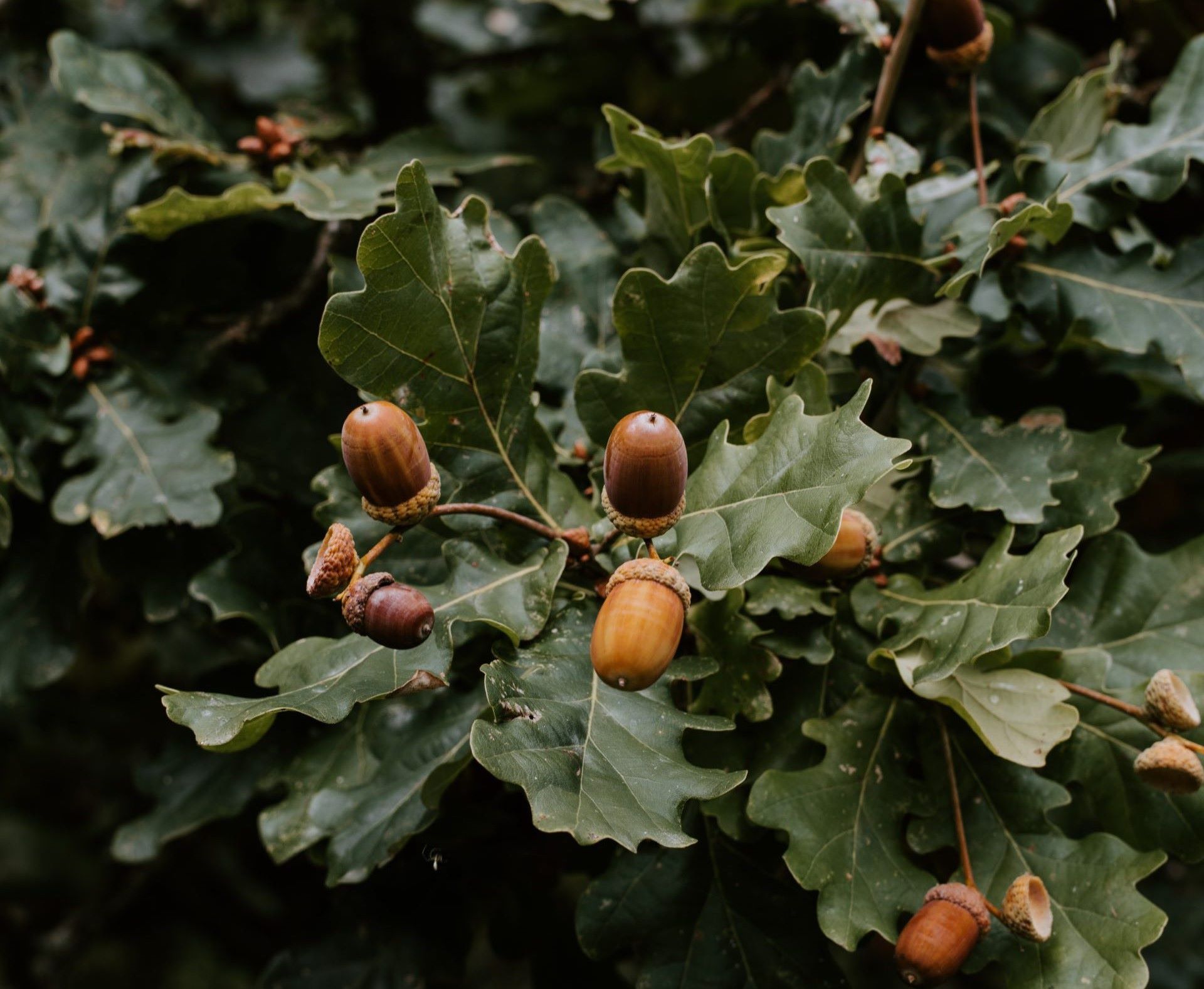

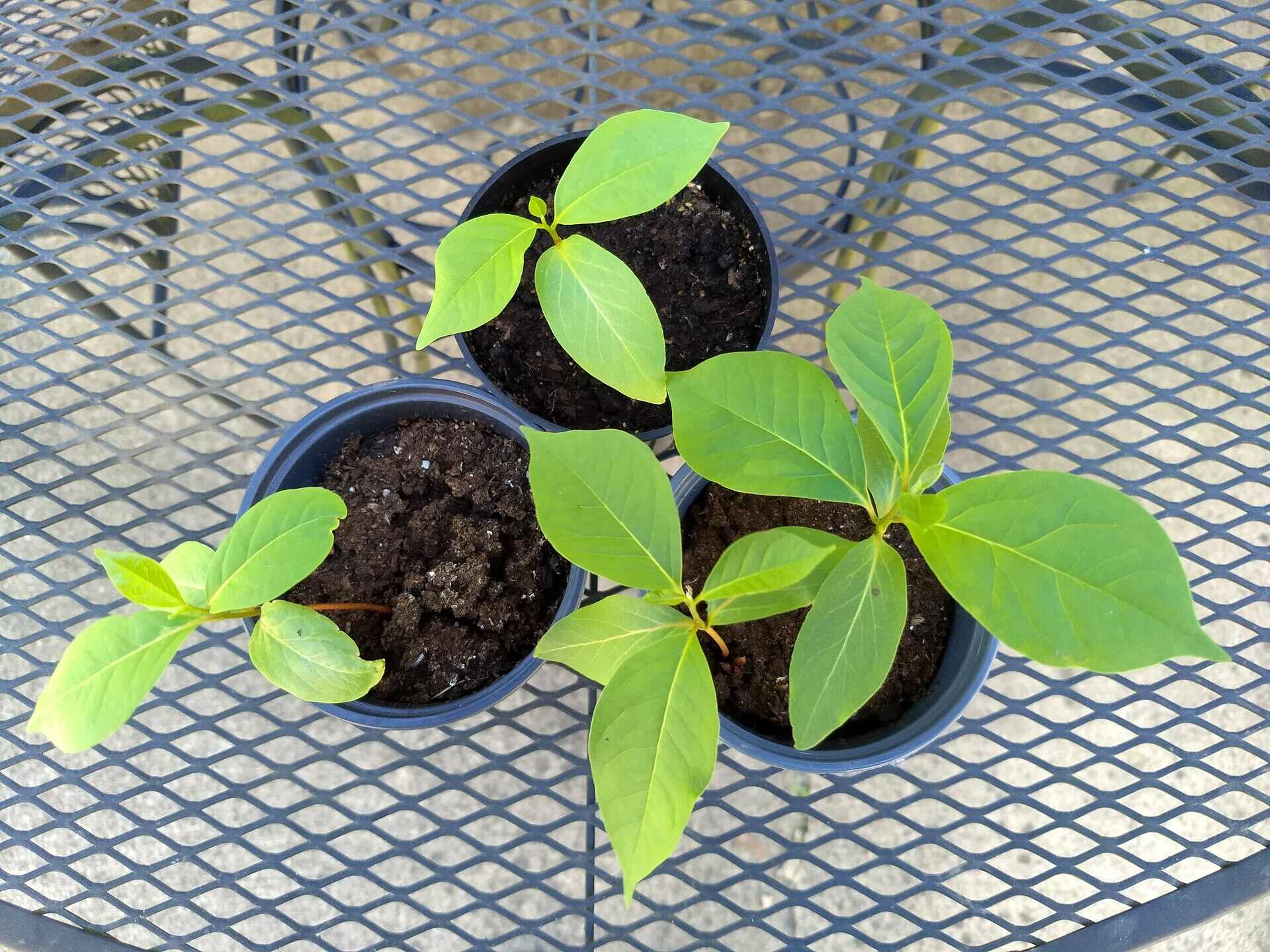
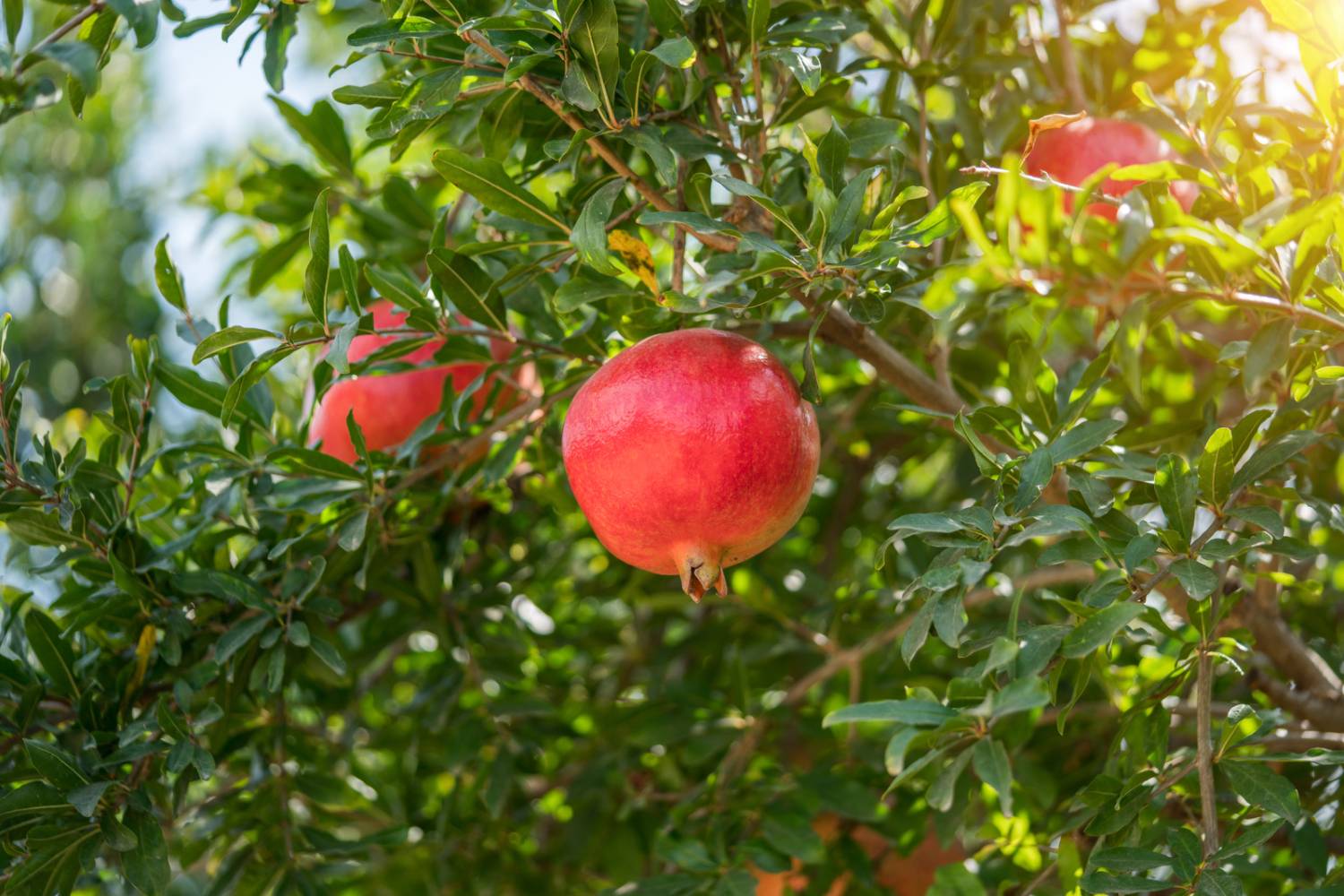
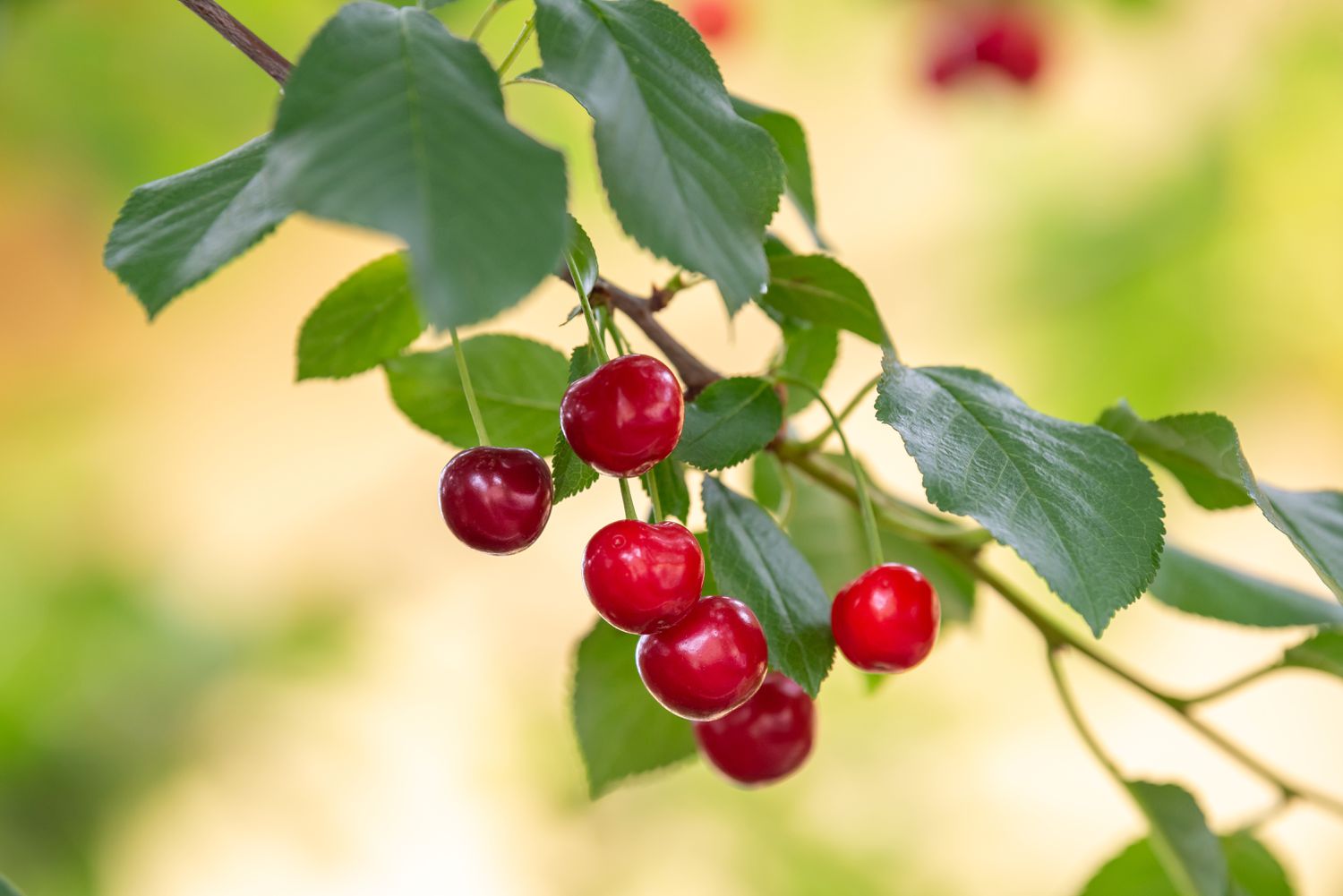
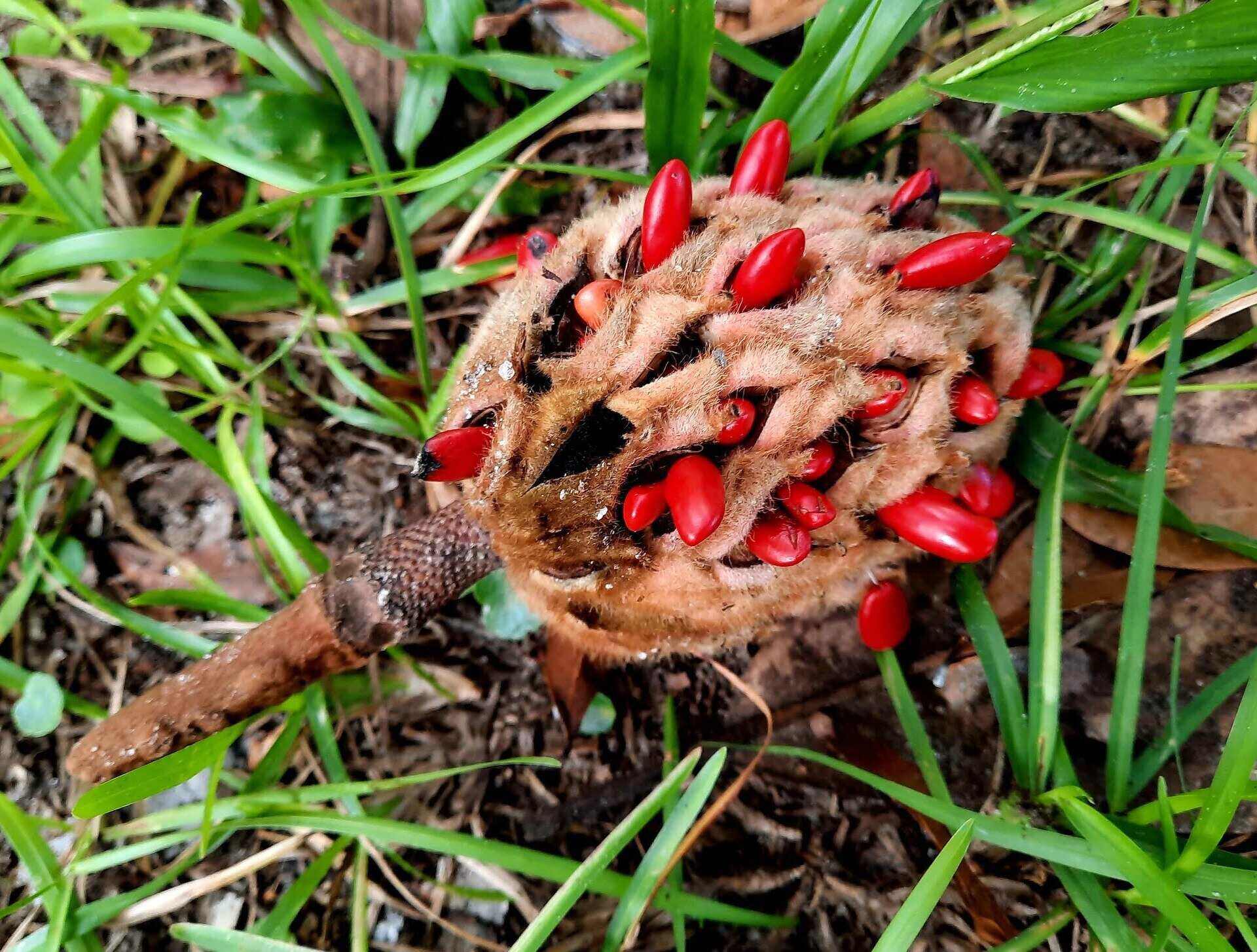
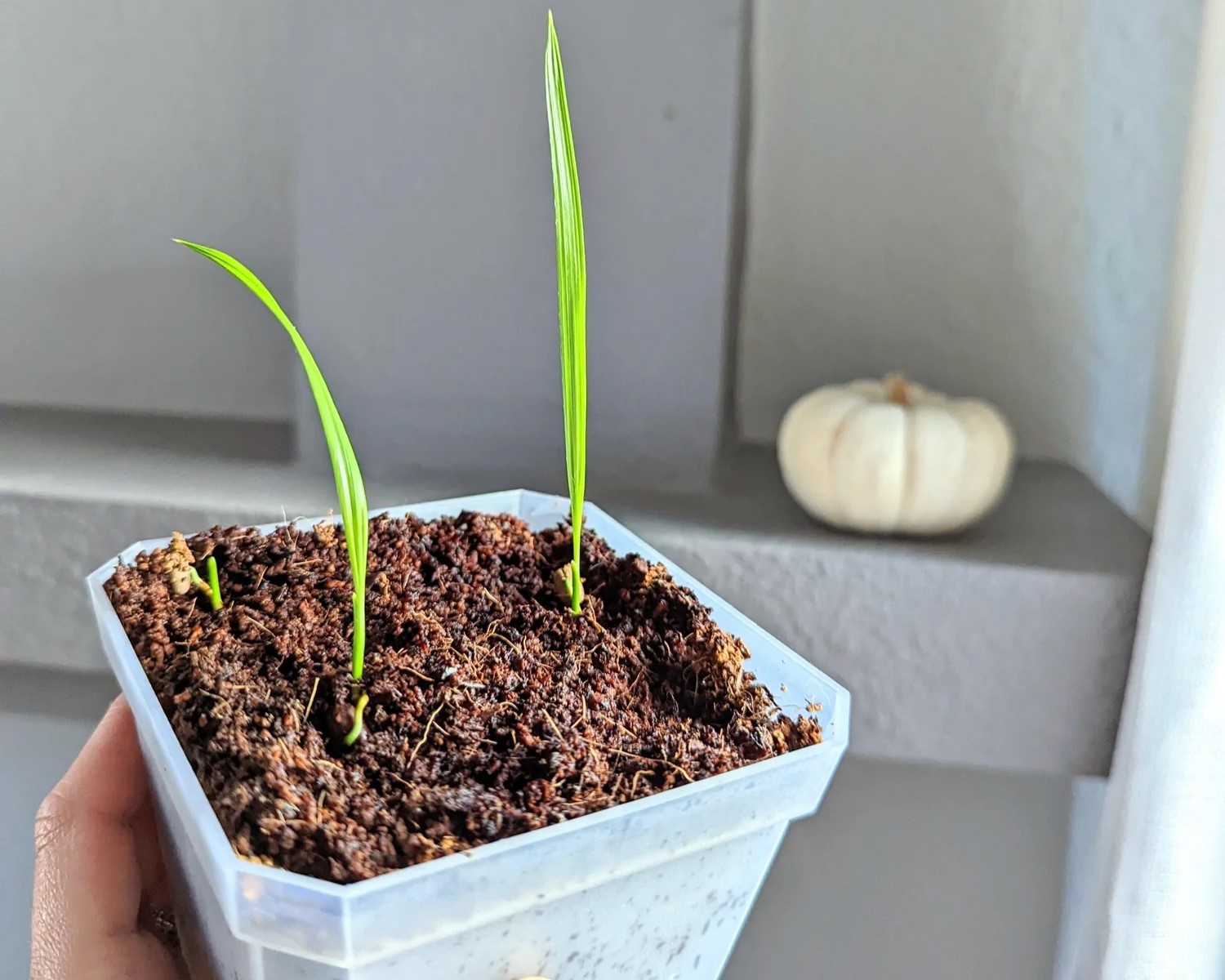
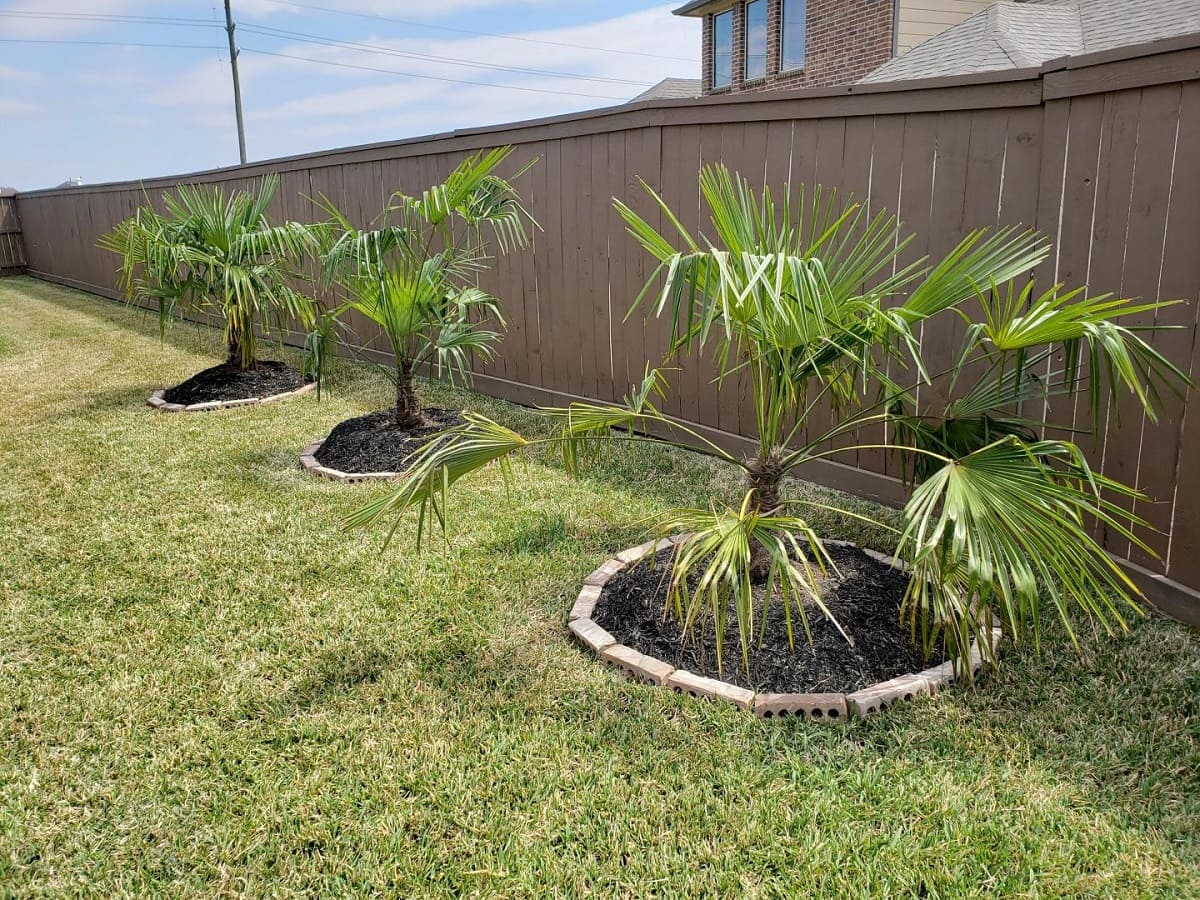
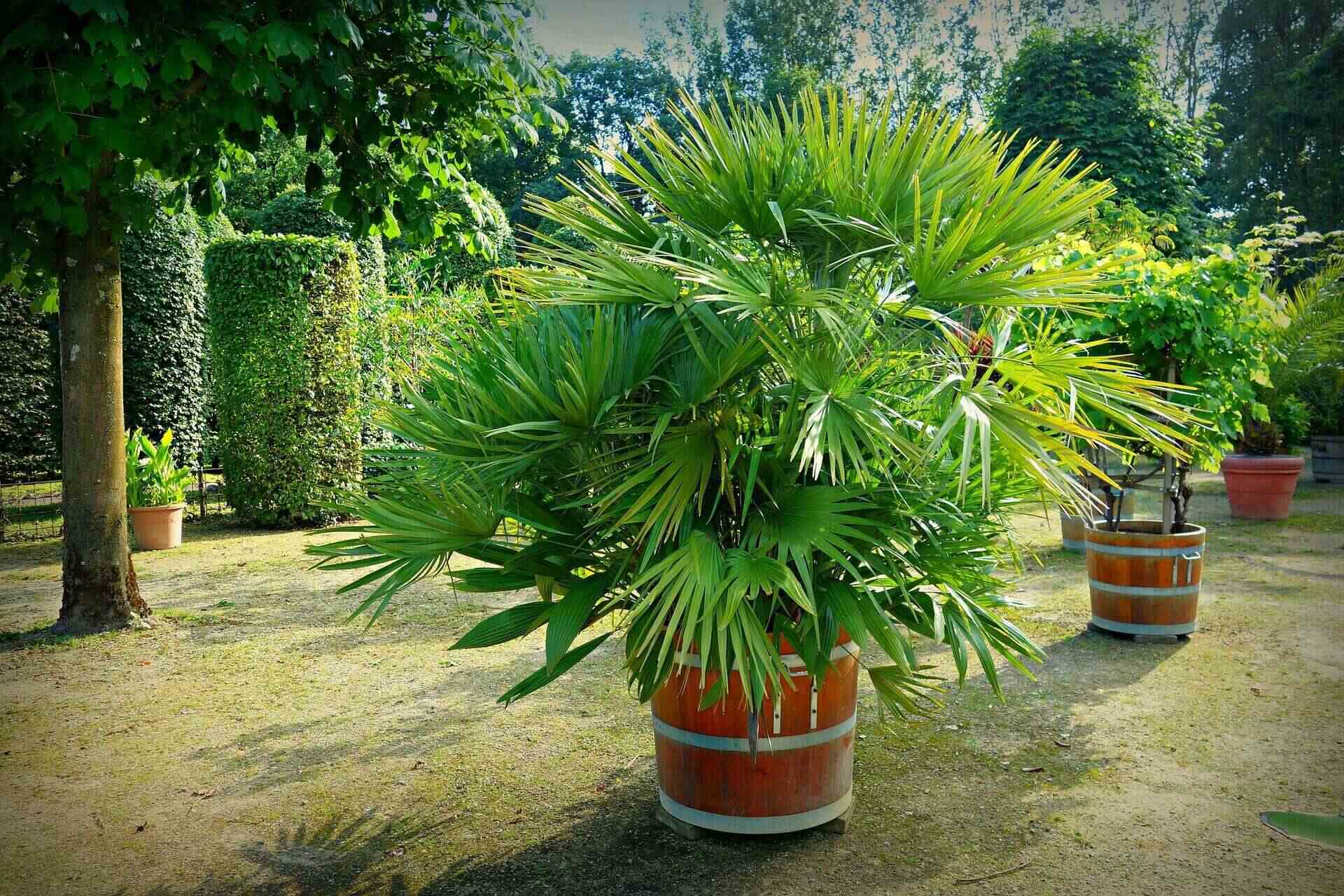
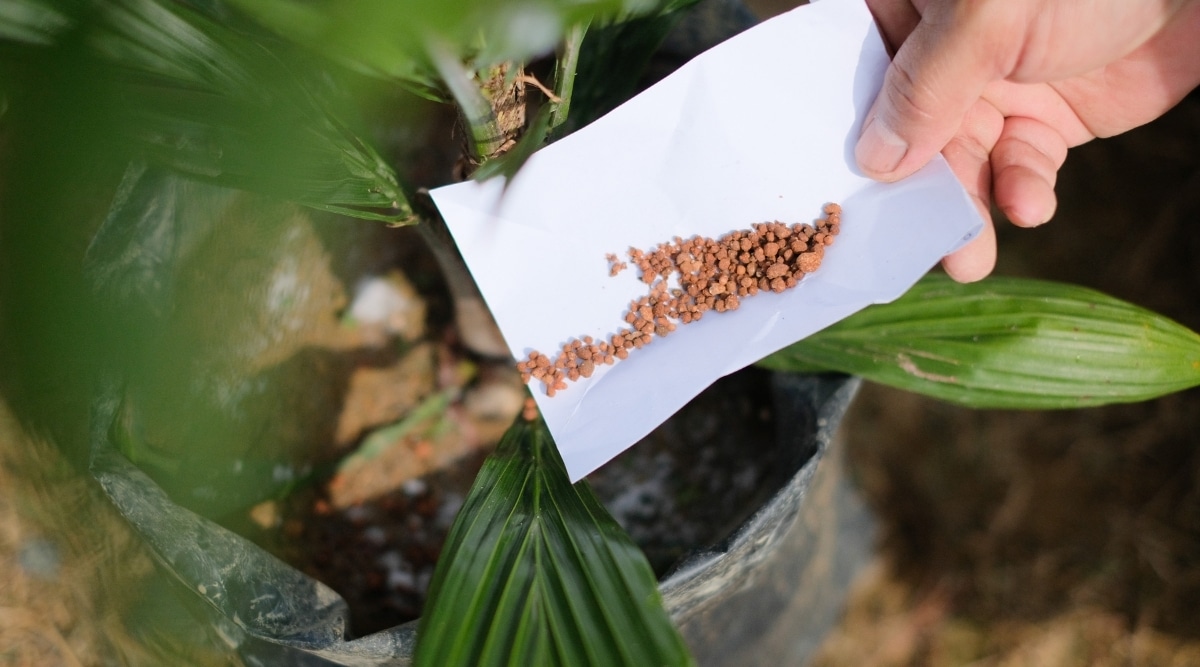
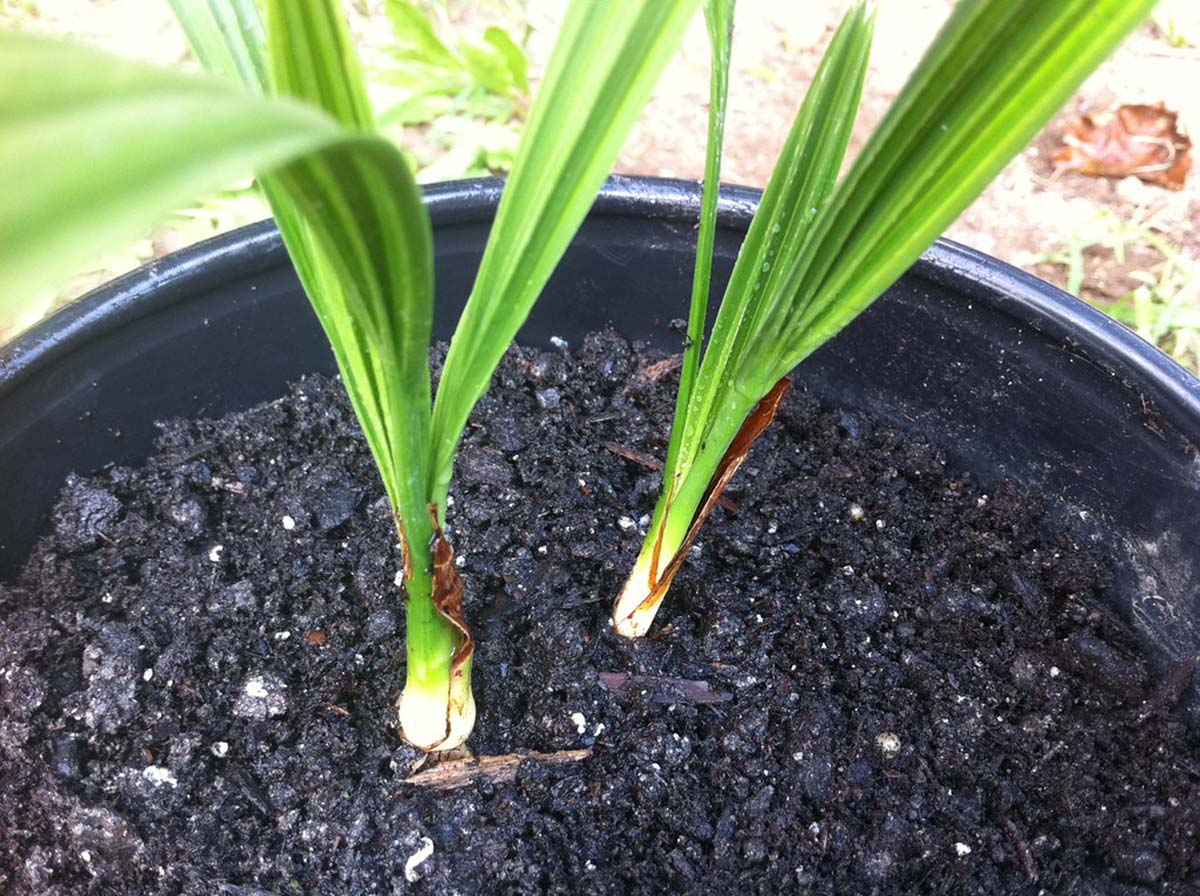
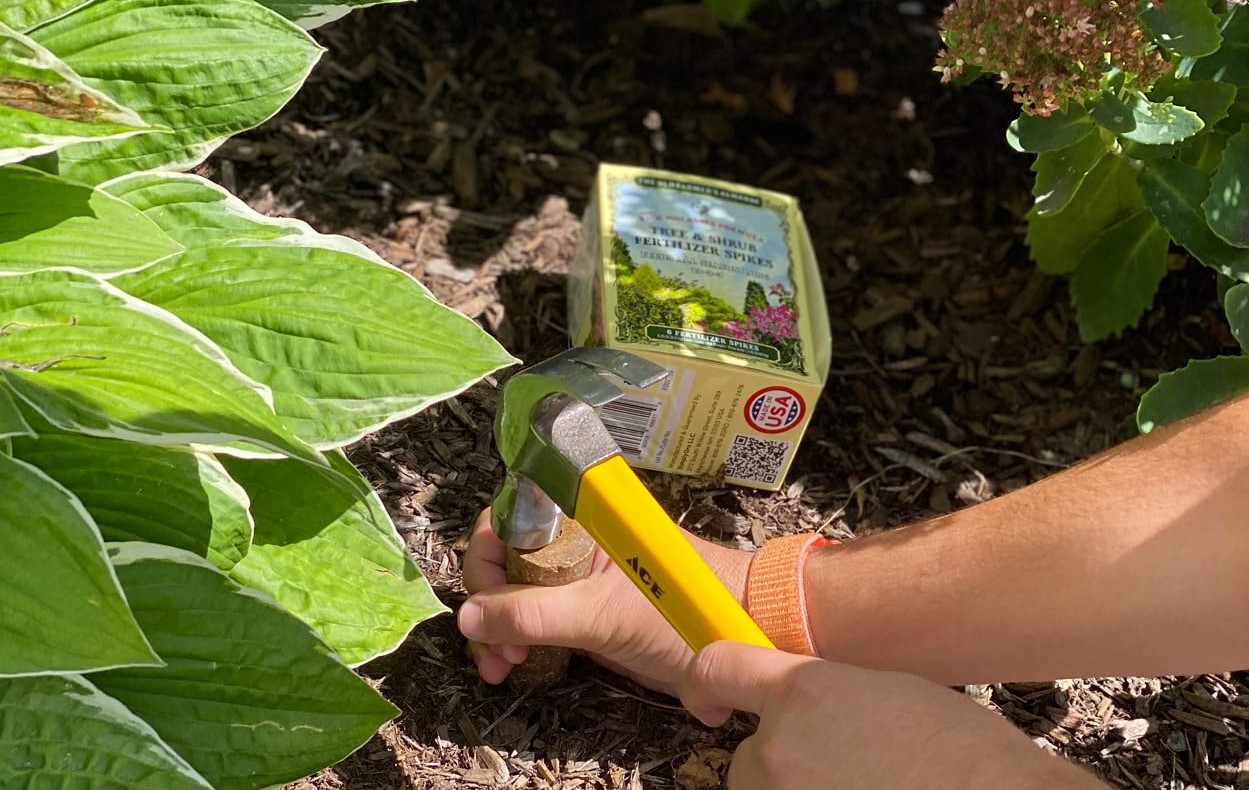
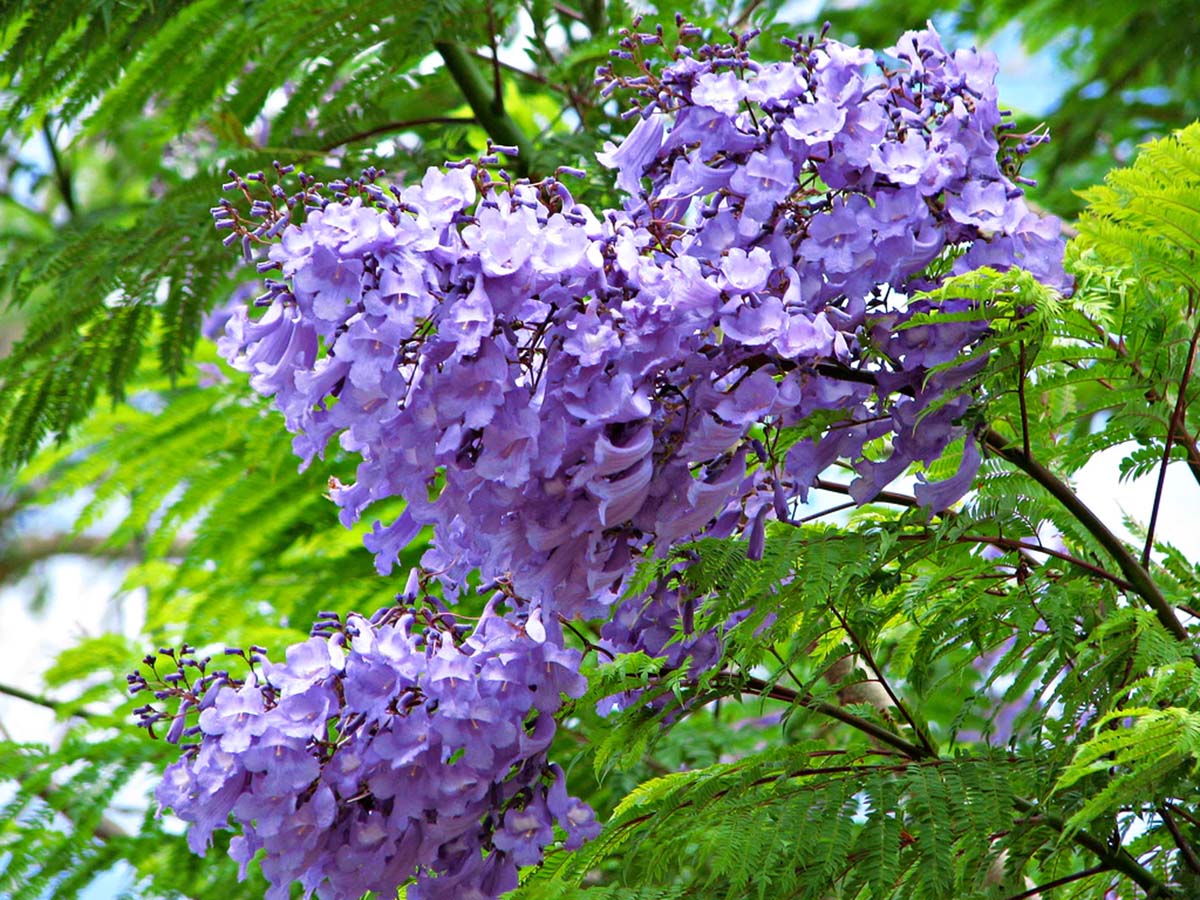


0 thoughts on “How To Plant Palm Tree Seeds”